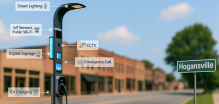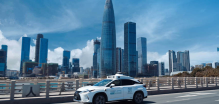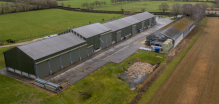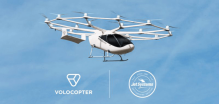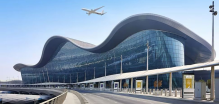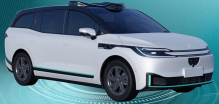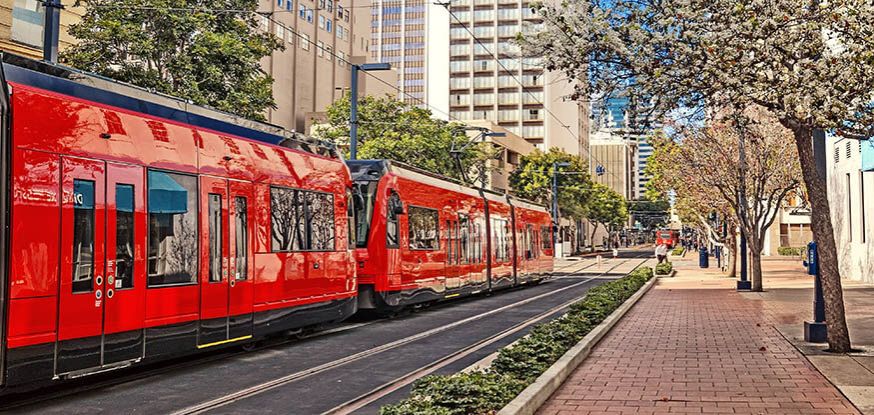This initiative will shift 200 million daily passenger miles from highways to rail, significantly reducing traffic congestion and greenhouse gas (GHG) emissions while enhancing safety.
Newsom stated, “Our vision is simple: by 2050, every Californian should be able to choose rail as a way to get to their destination, near or far.”
Driving Sustainability
The plan builds upon two California commuter railroads committed to zero-emission operations. In August 2024, Caltrain began operating electric trains on the San Francisco Peninsula, replacing diesel-powered trains along 51 miles of its route.
The San Bernardino County Transportation Authority in Southern California started testing hydrogen-battery trains in November, with plans to be operational by the end of the year.
Michael Manville, a UCLA Urban Planning professor at the Luskin School of Public Affairs, reaffirmed the immense shift in passenger miles from roads to rail.
While he believes the initiative is possible, Manville cautioned, “Removing vehicles from the road doesn’t prevent other vehicles from taking their place.”
Advancing California’s Urban Mobility
As part of California’s ongoing efforts to expand its transportation infrastructure, substantial progress has been made on several high-speed rail projects.
A part of California's high-speed rail is currently under construction in Central Valley, connecting San Francisco and Los Angeles. Meanwhile, the Brightline West project has already commenced construction, linking Las Vegas with Southern California through a 218-mile high-speed rail system. These projects are aimed at significantly reducing travel time.
Additionally, a third high-speed rail project is being planned to connect Las Vegas and Southern California across the Antelope Valley.
The map released by the governor’s office illustrates additional passenger rail lines serving major cities including San Diego, Sacramento, and Oakland. This comprehensive project will require electric catenary infrastructure across 1,500 track miles by 2050.
While electrification appears unfeasible, hydrogen and battery-electric trains could enable zero-emission operations. Manville concluded, “We’ve invested a lot of money in rail in the last 20 years and have not seen strong results, so I think it’s natural to look at big, ambitious goals like this with some caution.”
